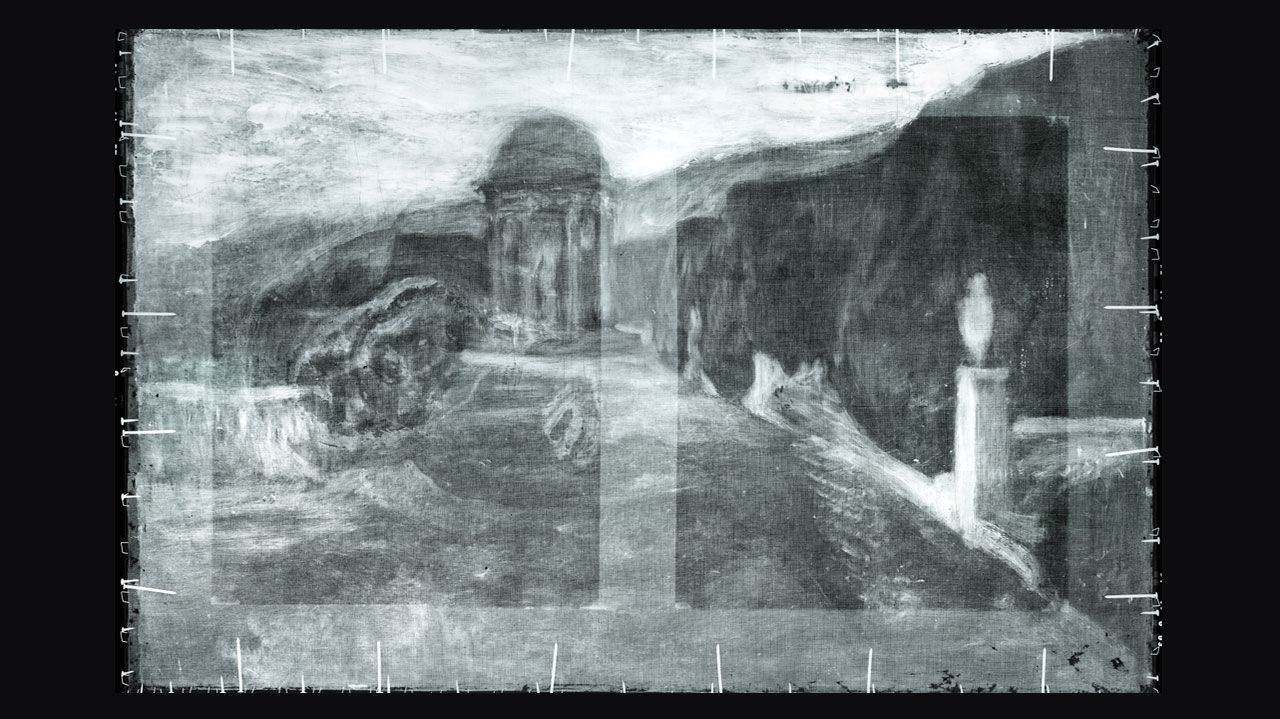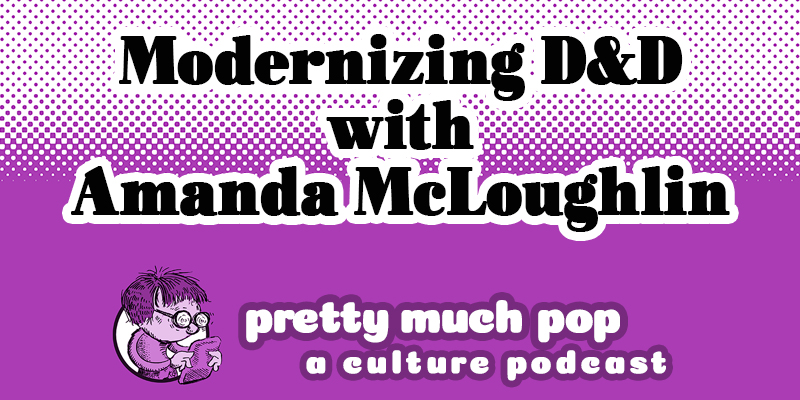Art is useless, Oscar Wilde declared. Yet faced with, say, a painting by Kandinsky, film by Malick, or great work by David Bowie, we may feel it “impossible to escape the impression,” as Sigmund Freud wrote, “that people commonly use false standards of measurement — that they seek power, success and wealth for themselves and admire them in others, and that they underestimate what is of true value in life.” However ambiguously, art can move us beyond the selfish boundaries of the ego to connect with intangibles beyond ideas of use and uselessness.
That experience of connectedness, what Freud called the “oceanic,” stimulated by a work of art can mirror the sublime feelings awakened by nature. “A work of art is useless as a flower is useless,” Wilde clarified in a letter to a perplexed reader. “A flower blooms for its own joy. We gain a moment of joy by looking at it. That is all that is to be said about our relations to flowers.” It’s an imperfect analogy. The flower serves quite another purpose for the bee, and for the plant. “All of this is I fear very obscure,” Wilde admits.
The point being, from the point of view of bare survival, art makes no sense. “It’s a loony kind of thing to want to do,” says Bowie himself, in the interview clip above from a 1998 appearance on The Charlie Rose Show. “I think the saner and rational approach to life is to survive steadfastly and create a protective home and create a warm loving environment for one’s family and get food for them. That’s about it. Anything else is extra. All culture is extra…. It’s unnecessary and it’s a sign of the irrational part of man. We should just be content with picking nuts.”
My fav Bowie clip ever is him talking about how the Art establishment co-opts particular voices out of a fertile art movement to kill off that movement by creating singular voices to perpetuate the idea of Art as rare commodity by geniuses rather than something within all people pic.twitter.com/CXBzYBN6cR
— RAMZEE (@RamzeeRawkz) February 28, 2021
Why are we not content with picking nuts? Perhaps most of us are. Perhaps “being an artist,” Bowie wonders “is a sign of a certain kind of dysfunction, of social dysfunctionalism anyway. It’s an extraordinary thing to do, to express yourself in such… in such rarified terms.” It’s a Wildean observation, but one Bowie does not make to stigmatize individuals. As Rose remarks, he has “always resisted the idea that this creativity that you have comes from any form of dysfunction or… madness.” Perhaps instead it is the market that is dysfunctional, Bowie suggests in a 1996 interview, just above, with Rose and Julian Schnabel.
Art may serve no practical purpose in an ordinary sense, but it is not only the provenance of singular geniuses. “Once it falls into the hands of the proletariat,” says Bowie, “that the ability to make art is inherent in all of us, that demolishes the idea of art and commerce, and that’s no good for business.” Wilde also saw art and commerce in fundamental tension. “Of course man may sell the flower, and so make it useful to him,” he wrote. “But this has nothing to do with the flower. It is not part of its essence. It is accidental. It is a misuse,” an artificial elevation and enclosure, says Bowie, of expressions that belong to everyone.
Related Content:
Bowie’s Bookshelf: A New Essay Collection on The 100 Books That Changed David Bowie’s Life
When David Bowie Launched His Own Internet Service Provider: The Rise and Fall of BowieNet (1998)
Josh Jones is a writer and musician based in Durham, NC. Follow him at @jdmagness




